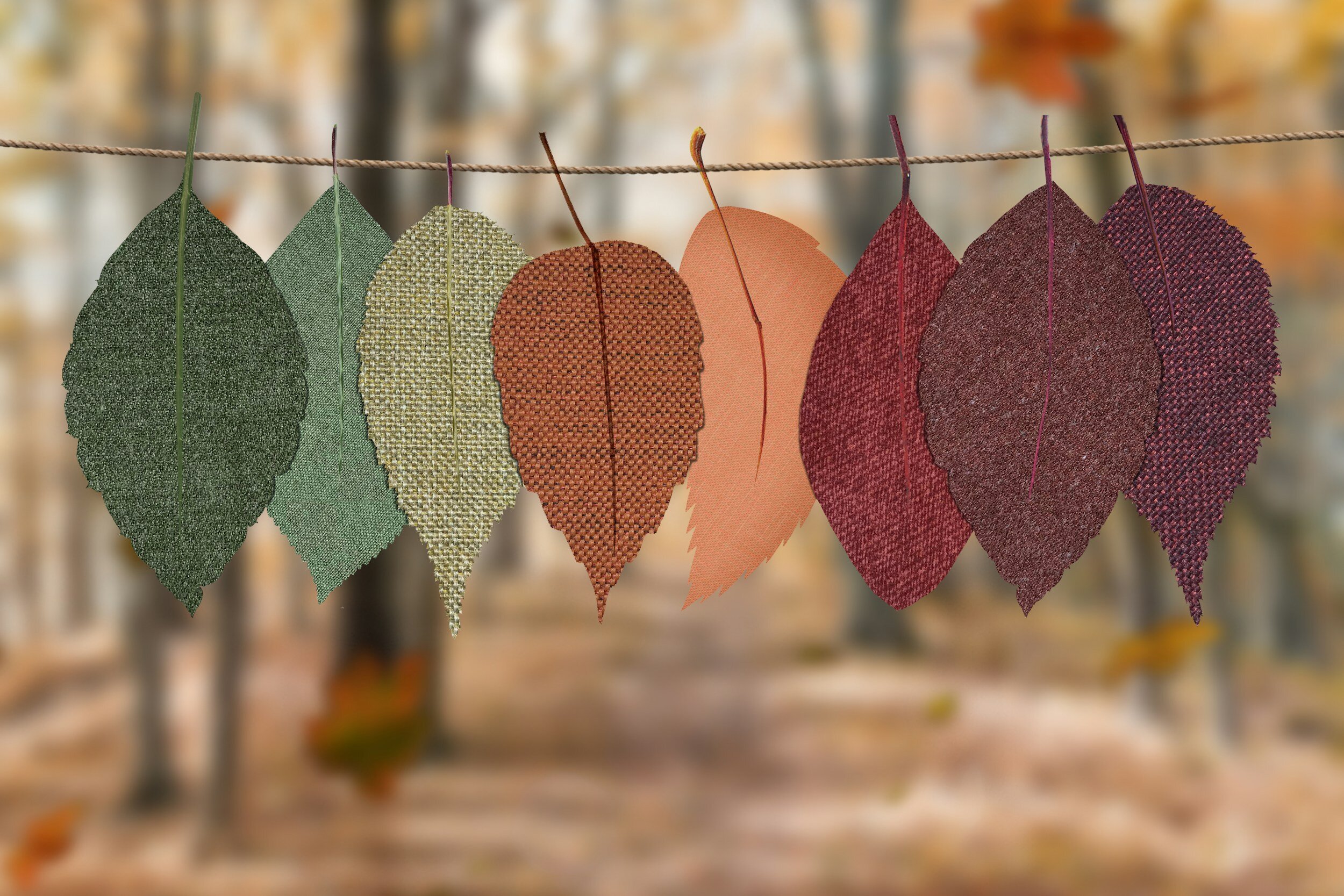The facts.
-
80-150 Billion new garments are produced each year.
-
The fashion industry uses 5 Trillion liters of water every year.
-
85% Of all textiles go to dumps annually.
The big picture.
Fashion contributes approximately 5-10% of all the greenhouse gasses and is an important contributor to the discussion on climate and the choices that we make. This is especially true if you consider that the average person buys approximately 60 pieces of clothing annually and that these pieces are worn only 7 times before being thrown away. Choosing more sustainable fabric can be an important factor in helping reduce your environmental impact.
What is sustainable fabric, and what makes some materials unsustainable?
Simply put, sustainable fabric is defined by the way they are sourced, processed, and eliminated.
Sourcing
Fabrics are either natural or synthetic. Examples of natural fabrics are cotton, linen, leather and cashmere while synthetic fabrics include polyester, acrylic and rayon.
Unsustainable fabrics are sourced from materials which are environmentally devastating (eg) conventional cotton is one of the most water intensive and pesticide dependent crops. Similarly, leather is a co-product of intensive animal agriculture, which contributes to approximately 20% of greenhouse gas emissions. Synthetic fabrics such as polyester, acrylic and spandex are derived from fossil fuels.
Processing
Some fabrics are highly energy and chemical intensive in order to create the final product. Some examples of this include leather, which uses toxic and potentially carcinogenic chemicals which pollute the groundwater and result in health problems for the surrounding communities. Other materials (eg) viscose and polyester require significant energy for production.
Elimination
What happens to fabric (and clothing) after it is discarded is another very important factor in the definition of sustainable fabric. Fabrics such as polyester and nylon are non-biodegradable and stay in the landfills for centuries. Other fabrics (eg) spandex and acrylic release microplastics for many years. Some fabrics (eg) viscose and cupro break down too easily and require frequent replacement and cannot be repurposed or reused.
This is a good resource to learn about unsustainable fabrics and the reasons for them being labelled that way.
So what are sustainable fabrics?
Organic Cotton is grown without pesticides and uses up to 80% less water. Recycled cotton has similar benefits.
These sustainable fabrics however are prone to greenwashing claims by companies so paying attention to certifications such as GOTS is important.
Hemp, linen and bamboo are considered sustainable fabric which give a summery feel to our clothes. These materials require very little water for cultivation. Bamboo and hemp are particularly sustainable since they are amazing at trapping carbon and can be considered to be carbon positive crops. Harvesting bamboo has the added bonus of not killing the plant, resulting in it growing back quickly.
Lyocell and modal are semi-synthetic rayon alternatives that are sustainable when manufactured via a closed loop system. They are made from eucalyptus and beech tree pulp and the closed loop system is important to reuse the water and manufacturing chemicals. These are great silk alternatives and give clothing a luxurious feel. Certifications like Forestry Stewardship Council (FSC) and GOTS are important for us to identify the truly sustainable fabrics.
What about recycled plastic fabric such as rPET and Econyl?
These fabrics are solving a problem of using single use plastic bottles (rPET) or abandoned fishing nets (Econyl) and do have a place in our list of sustainable fabric. It is however important to note two important limitations – they shed microplastics into the environment throughout their life cycle. They are also non-biodegradable and are very hard to recycle at the end of their life. Read more in our kindhub post on this topic.
Can leather, wool and silk be considered sustainable fabric?
This is a tricky topic since all of these are animal sourced. Currently these fabrics which are labeled sustainable do not account for the environmental footprint of raising the animal. This is a large number which is ignored and is misleading as we discuss in our post on leather. There are some certifications which evaluate the post-harvest processing and can be helpful for consumers who want to reduce the human toll of processing. The Textile Exchange website is a good place to read more.
New innovative materials
There is active innovation in this space with new sustainable fabric coming to market regularly. Some of these things include, yarn from recycled coffee grounds, leather from pineapple skins, and silk from fermented sugar. These are limited in quantity and expensive. The potential is still unknown, yet this innovation is worthy of supporting since it will take a multi-pronged approach to solve the scale of this problem.
The choices
Life-focused
If your focus is on being kind to living things . . .
-
Avoid all animal derived fabrics eg leather, wool and silk. Sustainability claims do not account for animal welfare.
-
Look for certifications such as Fairtrade and SA8000 which evaluate farmer and factory ethical treatment.
Earth-focused
If your focus is on the earth and environment . . .
-
Focus on natural fabrics such as organic cotton, hemp and linen
-
Avoid fabrics which are non-biodegradable
-
Watch out for fabrics such as recycled plastic which leach microplastics
-
Don’t fall into the trap of thinking that recycled materials are always good for the environment -educate yourself.
-
Consider repairing clothing instead of throwing it away
Holistic
If you are considering both a life and environmental focus . . .
-
Reducing consumption will always be the most important sustainability choice
-
Be thoughtful about your buying choices – buy high quality clothing which you like and will wear for many years
-
Trendy clothing ends up in landfills way more frequently than timeless clothing
-
Think about renting or borrowing clothing for onetime occasions (eg) halloween



